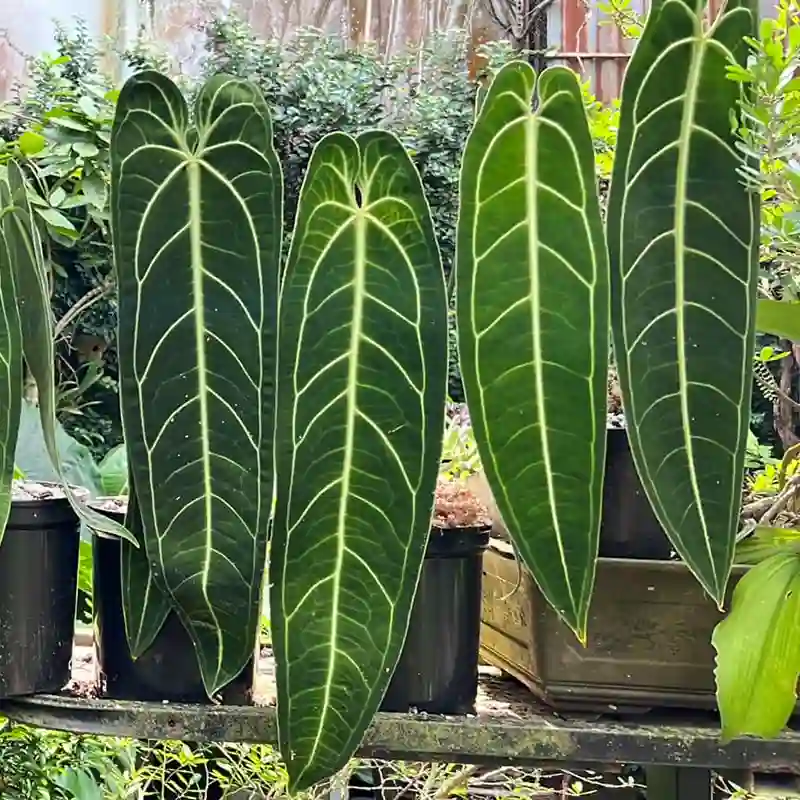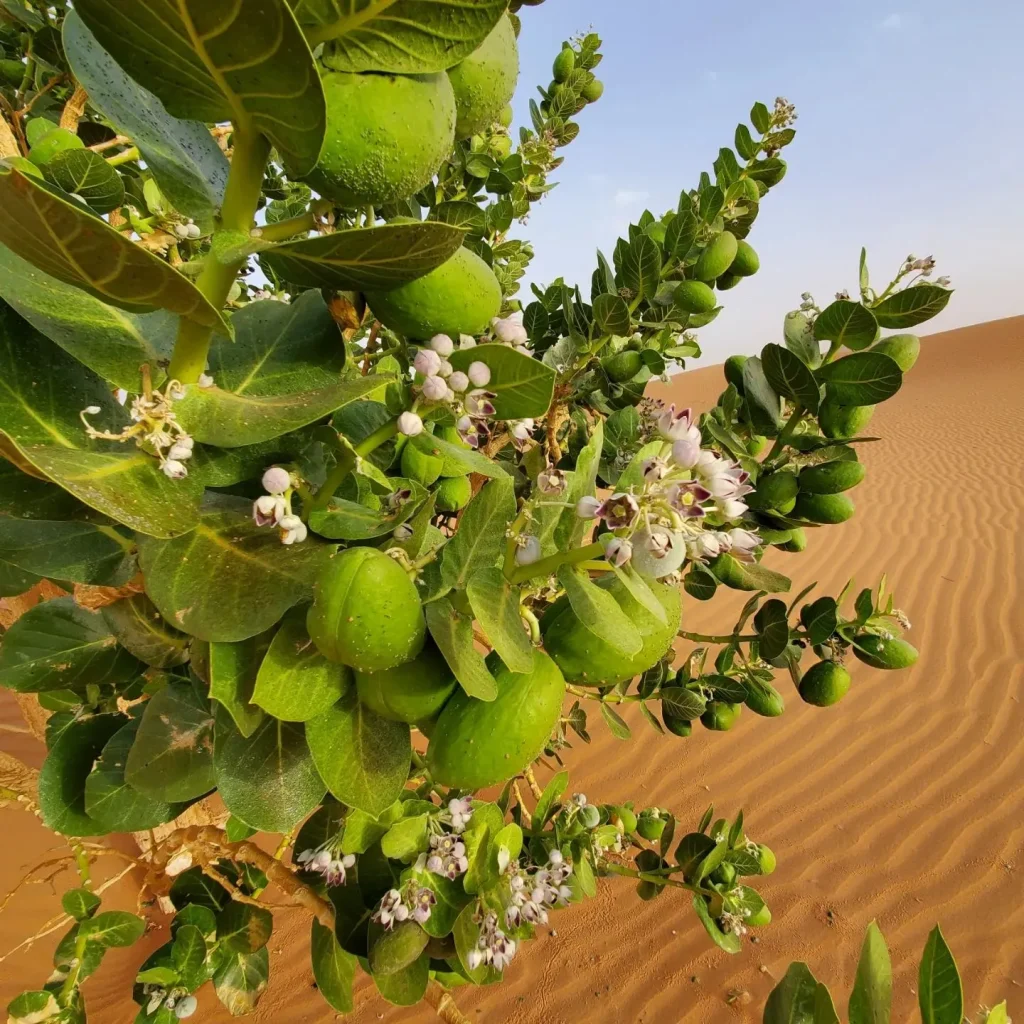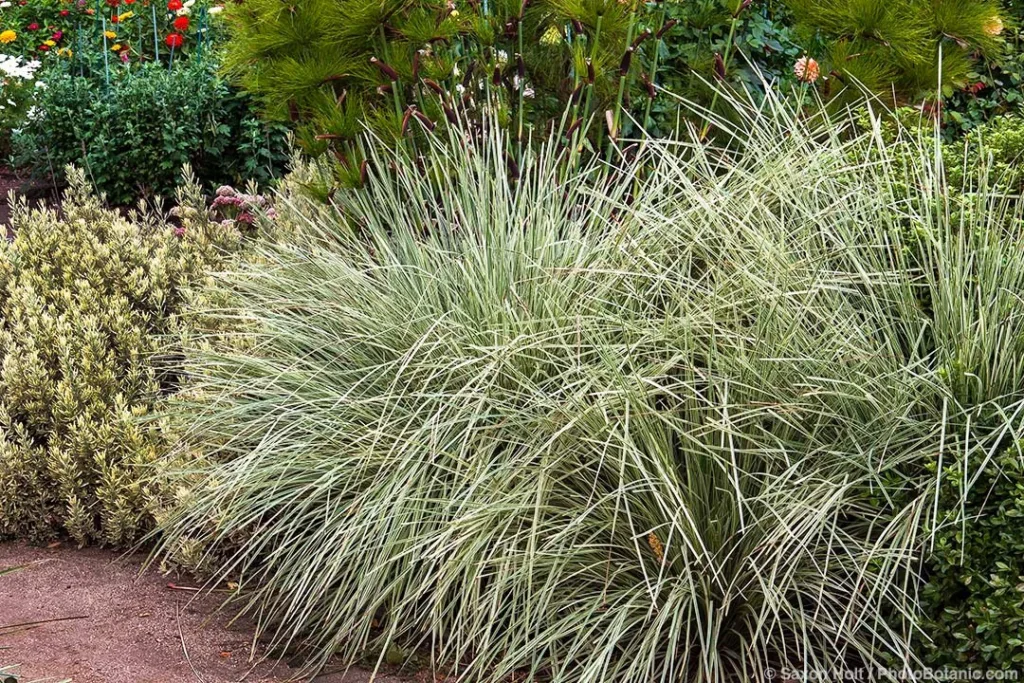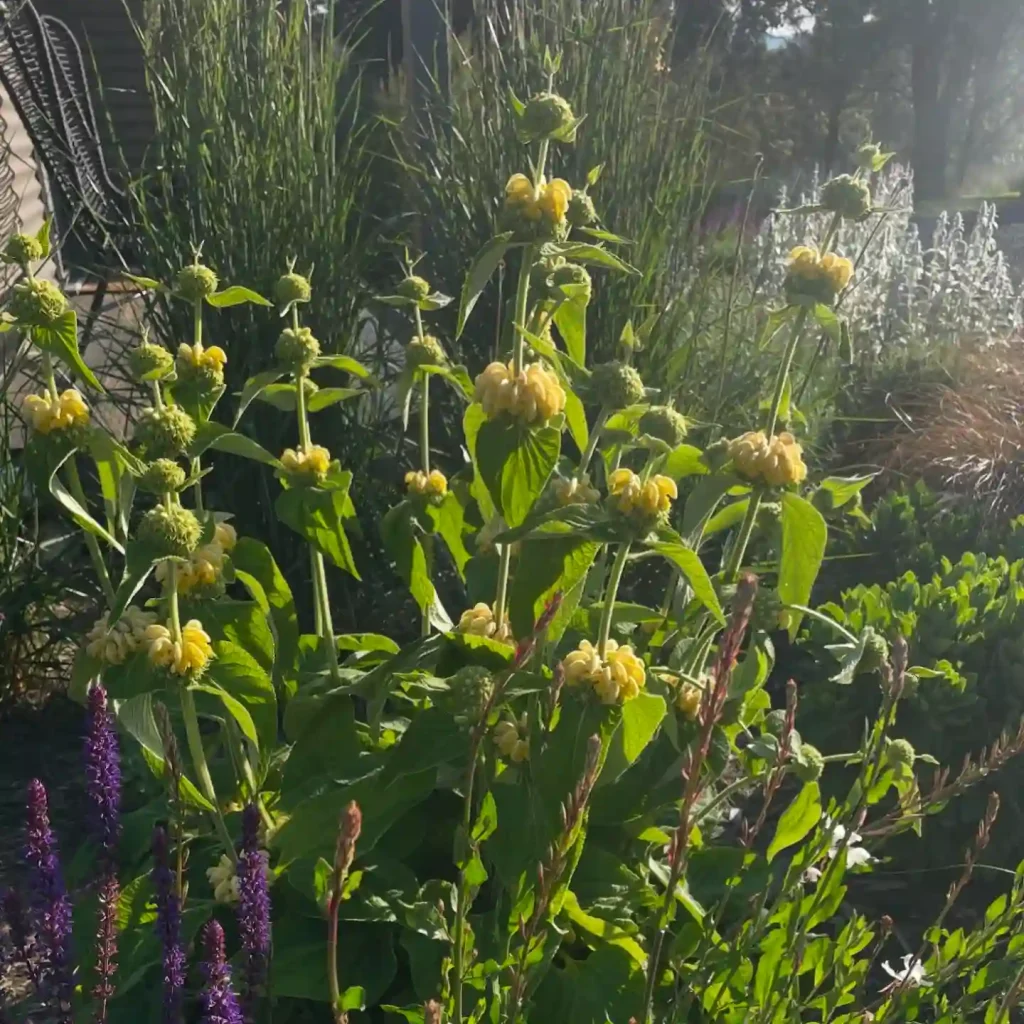FAQs About Kingsize Hosta
As an avid gardener with a particular fondness for hostas, I’m often asked about the Kingsize Hosta. This magnificent plant stands out not only for its impressive size but also for its versatility in the garden. If you’re considering adding a Kingsize Hosta to your garden, you probably have a few questions. Here’s a detailed guide based on my experiences and insights.
31 Species in Genus Hosta
What Is Kingsize Hosta?
Kingsize Hosta is a large, striking variety of hosta that lives up to its name. Known for its grand size and bold foliage, it’s a favorite among gardeners who appreciate dramatic foliage. The plant features broad, heart-shaped leaves that can reach impressive dimensions. Its size can make it a focal point in any garden, especially in shaded or partially shaded areas where many other plants might struggle. The leaves are typically a deep green, though there are variations depending on the specific cultivar.
How to Care for Kingsize Hosta?
Caring for Kingsize Hosta is relatively straightforward, but there are a few key aspects to keep in mind:
- Light Requirements: Kingsize Hostas thrive in shaded to partially shaded areas. While they can tolerate some morning sun, they do best in dappled light or full shade. Too much direct sunlight can scorch the leaves and reduce their vibrancy.
- Soil Conditions: This hosta prefers rich, well-draining soil. Amend your soil with compost or well-rotted manure to improve fertility and drainage. A slightly acidic to neutral pH is ideal.
- Watering: Regular watering is crucial, especially during dry spells. However, avoid waterlogging, as this can lead to root rot. It’s best to water deeply and infrequently rather than shallowly and often.
- Fertilizing: Feed your Kingsize Hosta with a balanced, slow-release fertilizer in early spring. This will promote vigorous growth and lush foliage. Avoid over-fertilizing, as this can lead to excessive leaf growth at the expense of flower development.
- Pruning: Dead or damaged leaves should be removed to keep the plant looking its best. This also helps to prevent disease and pests from establishing themselves.
How to Propagate Kingsize Hosta?
Propagating Kingsize Hosta is a great way to expand your garden or share this impressive plant with friends. There are a couple of methods you can use:
- Division: The most common method is division, which is best done in early spring or late summer. Carefully dig up the plant and separate the clumps, making sure each division has a portion of the root system. Replant the divisions in well-prepared soil, and water thoroughly.
- Seed Sowing: Although less common, you can also propagate hostas from seeds. Collect seeds from mature plants and sow them in a seed-starting mix. Keep the soil moist and provide indirect light. Be patient, as it can take several months for seeds to germinate.
What to Plant With Kingsize Hosta?
Kingsize Hosta pairs well with a variety of plants, making it a versatile addition to any garden. Here are some companion plants that enhance its beauty:
- Ferns: Ferns, such as the Japanese Painted Fern or the Lady Fern, complement the lush foliage of Kingsize Hosta and thrive in similar shady conditions.
- Astilbe: These plants add a splash of color with their feathery blooms and do well in the same conditions as hostas.
- Heuchera: Also known as Coral Bells, Heuchera provides contrasting foliage colors and textures that can make the hosta’s leaves stand out.
- Shade-loving Annuals: Impatiens and Begonias can add vibrant color to the shady spots where Kingsize Hosta grows.
Common Pests and Problems
Kingsize Hosta is generally resilient but can be susceptible to a few issues:
- Slugs and Snails: These pests can be particularly problematic, as they feed on the foliage. Using slug bait or traps can help manage these pests.
- Hosta Viruses: While rare, hostas can be affected by viruses that cause mottled or distorted leaves. Ensure you buy from reputable sources and remove affected plants promptly.
- Leaf Spots: Brown spots or patches can occur due to fungal infections or water stress. Proper spacing for airflow and avoiding overhead watering can help prevent these issues.
Final Thoughts
Kingsize Hosta is a stunning addition to any shade garden. With its large, eye-catching leaves and minimal care requirements, it’s a plant that can bring drama and beauty to your garden. By understanding its needs and potential challenges, you can enjoy the splendor of Kingsize Hosta for many years to come. Whether you’re a seasoned gardener or just starting out, this hosta variety is sure to impress with its grandeur and elegance.
If i die, water my plants!



